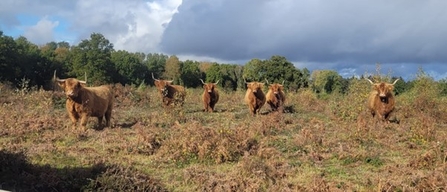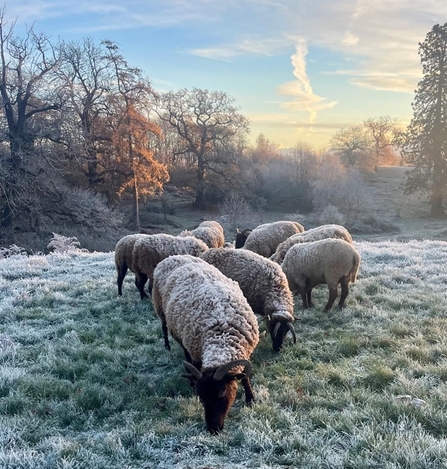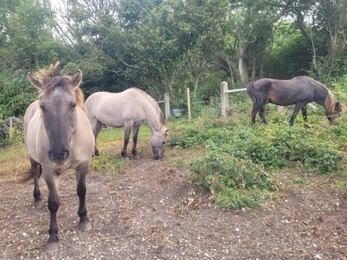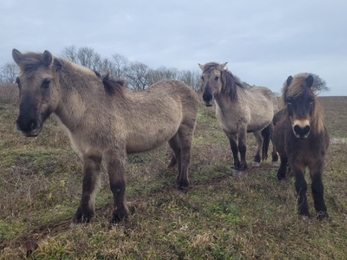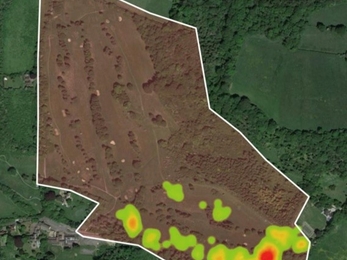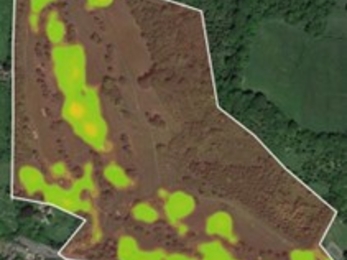Thick fur and wool
The primary function of fur and wool is to provide insulation. The dense hair or wool traps a layer of air close to the animal’s body. Much like when we put on a puffy coat, the trapped air reduces the conduction of heat to the external environment helping the animal stay warm in cold weather. The master of coat insulation has to go to the highland cow – known for its double coat, the outer layer of a highland cow's coat is made of long, course guard hairs (up to 13 inches!) which are designed to repel water and keep the animal dry in wet weather.
This water-resistant quality helps prevent the soft dense undercoat becoming saturated, maintaining its ability to trap air close to the animal’s body. This incredible insulating ability allows the cows to withstand extreme wet and cold weather in the highlands as well as provide an economical benefit for farmers as there is little need for shelters and barns - the cows will simply get too hot indoors!

